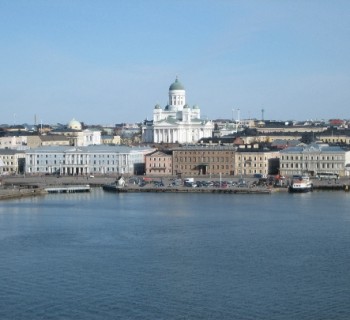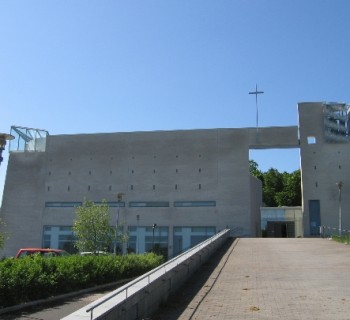History of Helsinki
Helsinki is the capital and largest city of Finland, as well as the economic, political and cultural center of the country.
Foundation and formation of the city
The city of Helsinki was founded in 1550 by the order of the Swedish king Gustav I and named «Helsingfors». It was assumed that the city would become a large commercial center and create a worthy competitor to the Hanseatic Revel (Tallinn). Despite a number of efforts on the part of the Swedes, the shallow harbor, on the banks of which Helsingfors was originally located, was a serious obstacle to the city's development as an important trade center, and after the results of the Livonian War, Revel was also under the control of the Swedish crown, the development of trade in Helsingfors was no longer a priority for the Swedes. In 1640, the city center was nevertheless moved to the mouth of the Vantaa River, but this did not revive trade, and for the next hundred years Helsingfors remained just a small provincial town. In 1710, as a result of the strongest outbreak of plague, the population of the city was significantly reduced..
Having suffered a crushing defeat in the Northern War (1700-1721) and having lost an impressive part of their possessions, the Swedes, clearly understanding the lingering threat of aggression from the Russian Empire, took care of thoroughly strengthening their borders. So in 1748, the construction of the Sveaborg (or Suomenlinna) fortress began on the islands near Helsingfors. The large-scale project served as a kind of catalyst for the growth and development of the city, and also favorably affected the well-being of its residents..
Capital city
In September 1809, the Friedrichsgam Peace Treaty, which ended the Russian-Swedish War (1808-1809), was signed between the Russian Empire and the Swedish Kingdom, according to which Finland became part of the Russian Empire as an autonomous principality. Three years later, by decree of Emperor Alexander I, the capital of the Grand Duchy of Finland was moved from Turku to Helsingfors. Probably, this decision was caused by the relative absence of excessive Swedish influence in Helsingfors and the proximity to St. Petersburg, which, of course, gave the Russian Empire a number of additional advantages and opportunities to ensure control over the Finnish government. The desire to weaken the influence of Sweden as much as possible was also dictated by the active stimulation of the development of the Finnish language by the Russian authorities, and by the end of the 19th century (largely due to the intensive migration from the Finnish provinces to Helsingfors), the demographic and linguistic balance in the city radically changed in favor of the Finns. The large-scale urban planning initiated by Emperor Alexander I dramatically changed the architectural appearance of the city and significantly expanded its boundaries. By the end of the 19th century, the city became the economic and cultural center of Finland..
Helsingfors retained the status of the capital after the signing of the Declaration of Independence of Finland in December 1917. True, since that time, the city officially bears the name «Helsinki».
Today Helsinki is considered one of the most livable cities in the world, although it is also one of the most expensive..


